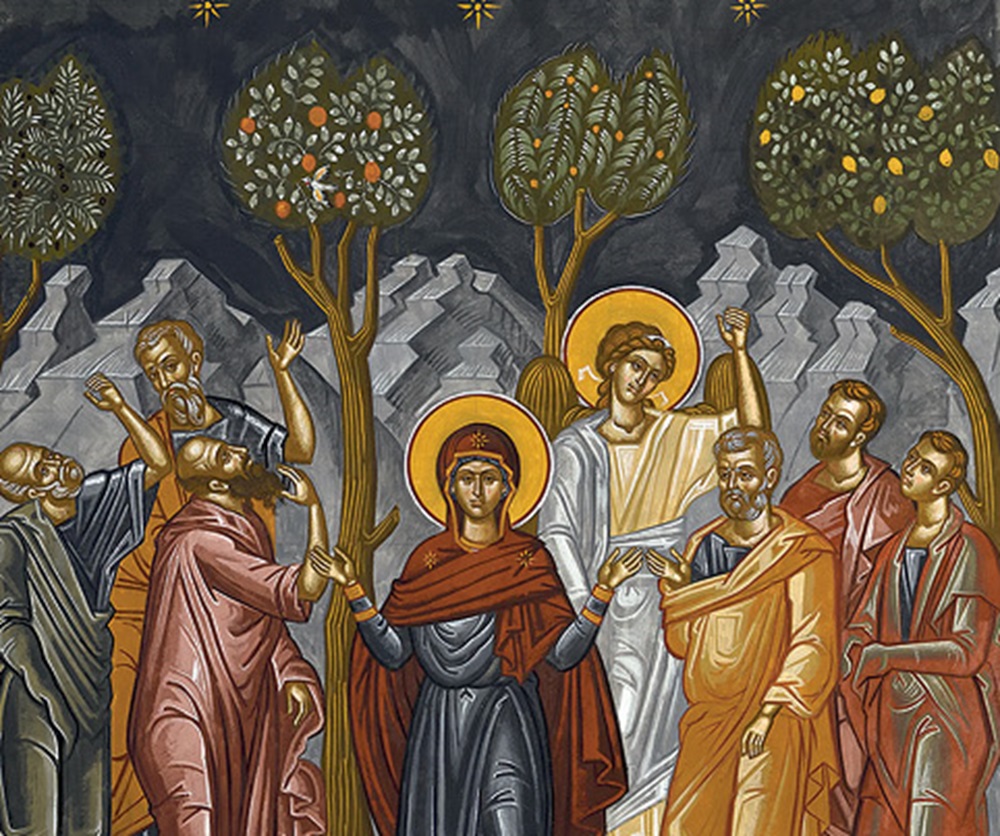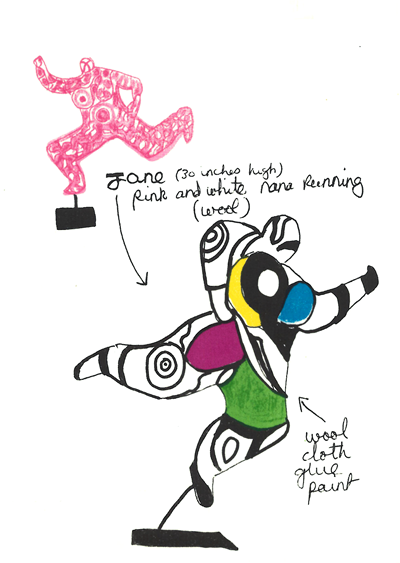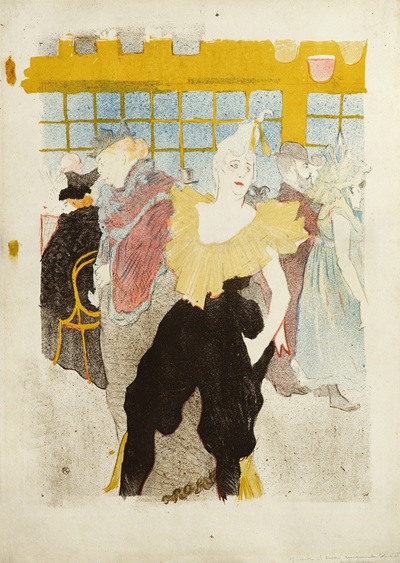
The exhibition by Kostas Papatriandafylopoulos, whose work is being on display these days on the occasion of the Easter worship ceremonies at the National Library of Greece (NLG), follows a series of exhibitions on the theme “art and the sacred“. As the chairman of the Board of the National Library of Greece, Stavros Zoumboulakis, says in the preface to the printed version accompanying the exhibition, The dedication series began last year with the painter Yannis Kontaratos and the exhibition “Epitaph Lament. Nine Variations” and will continue in the coming years with similar proposals.
From the beginning of his studies, Papatriandafyllopoulos was involved in hagiography with important teachers, Nikos Brisnovalis, Konstantinos Xynopoulos and Yannis Tsarouchis.
The church of St.Basil in Vrachnaiika, Patras, is a life’s work for Kostas Papatriandafyllopoulos. A church of huge dimensions of 700 sqm and 30 m high, it took 18 years of intensive work during the summer period by the artist and a number of friends and neighbours. The artistic approach is the relief decoration of the temple combined with mosaics on the lower part of the temple instead of orthomorphism, a conception that is certainly original, as are other individual decisions, which would perhaps not have been so if the artist had not been, in addition to being an iconographer, also a painter.
N.P. Paisios, in his prologue to the artist, refers to the contemporary tendency of the retreat of painting as an art of expression, compared to alternative art forms, such as photography, video art, installation and performance art.He also raises the issues of the retreat of the subject matter of portraiture and painting as practices of aesthetic search. It refers to the visual and aesthetic environment of the artist’s period of maturation in which realistic painting dominated, during the great political ferment of the dictatorship and post-revolution in our country, with a similar shift to expressionism and neo-expressionism.
Kostas Papatriandafyllopoulos studied icon painter and painter at the Athens School of Fine Arts, in various workshops in Greece and on scholarship for three years as a freelance student in France. But Papatriandafyllopoulos would be influenced mainly by Kontoglou, Tsarouchis, Fassianos and Fidakis and would join the so-called “Greek-centric painting”. Among the older hagiographers, his contact with the works of Theophanes of Crete seems to have been decisive.
The artist, in an interview with Athina Kyriakodi and N.P. Paisios, refers to his personal artistic quest and his catalytic contact with Tsarouchis’ works and with Tsarouchis himself as a personal encounter and apprenticeship.
It clarifies the concept of form, expressing the idea that form is “language” and not shape. He also gives us his own definition of painting: “Today I have understood that painting, i.e. the work of painting and its value, is not what it proposes. It is not its subject, it is the way, i.e. how you do it.” .
Papatriandafyllopoulos also refers to the technical difficulties and the decisions he made in painting the church of St. Basil in Vrachnaiika, Patras. He analyses the scales and measures as well as the colour palettes he relied on, in “Polygnotian painting”, which chooses the four basic colours white, black, red and yellow, in which he decided to include the green of the earth. His life partner and painter Elsa Zacharaki describes this choice as “colour fasting”, wanting to point out the visual magnitude of the project.
Although he does not mention it, similar choices can be found in the so-called “Cretan ecclesiastical school” and in the choices of artistic curation during the period of Venetian-occupied Crete. Indeed, what one can observe in the unique iconographic approach of the church in Vrachnaiika is that it is completely lacking “a verbalism”.
In the refreshing approaches, the viewer can also discern the insertion of the pebbled motifs, as well as their thematics. Within the temple, motifs such as that of Spring evolve. According to the artist, these choices symbolize the uninterrupted continuity of Greek and Roman art in Byzantine art. Another element worth noting is that all the heads of the figures within the Saint Basil do not so much resemble hagiographies as portraits of figures. He does not separate hagiography from secular painting. He believes, and this is evident from his works, that painting does not change over the centuries, but follows the same rules and scales. What changes is the personal interpretation that each painter gives to these rules.







Leave A Comment